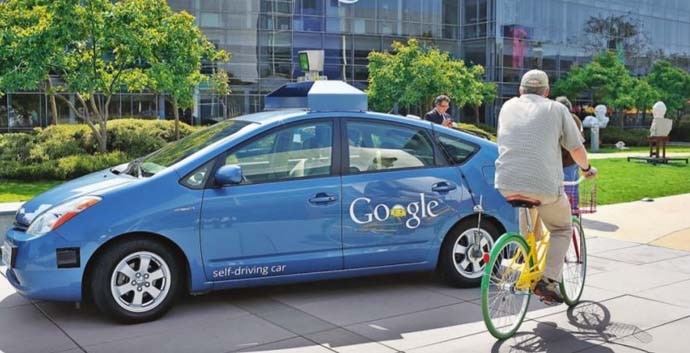Why India must invest more in developing Artificial Intelligence

India’s plan to invest less than a billion dollars in five years seems to be rather modest.
We are living in an era of disruptive technologies — driverless cars, virtual assistants, smart homes, unmanned aerial vehicles, precision agriculture, surgical robots and so on. All these are being powered by advances in a range of areas, like artificial intelligence, machine learning, big data, social robotics, predictive analysis, Internet of things and so on.
Products and services based on these technologies are already making a quiet entry into our homes, offices, roads, hospitals, and shops.
Globally, a new race is taking shape for supremacy in Artificial Intelligence (AI) and related technologies.
This past week, India decided to join this race with its nascent National Mission on Interdisciplinary Cyber-Physical Systems or CPS. The CPS mission was first announced by the Prime Minister in his address to the annual session of the Indian Science Congress at Tirupati in January 2017.
A year later, a token amount was allocated in the Union Budget for the same. Now, the Cabinet has approved the mission with a total outlay of Rs 3,660 crore for a period of five years. The mission aims at development of technology, applications, skills, entrepreneurship, and startups in the wider field of CPS.
This is proposed to be done through a series of technology innovation hubs, technology translation research parks, and application innovation hubs.
The mission will be administered by a governing board, an inter-ministerial coordination panel, and a scientific advisory committee. It is supposed to be a collaborative mission involving industry, academic institutes and the government.
Given the speed at which new technologies are advancing, it is logical for India to step up its efforts.
The NITI Ayog released a paper on AI earlier this year.

Many startups are also working on different building blocks of the CPS. Several groups in different Indian Institutes of Technology and Indian Institutes of Information Technology are working on AI, machine learning, and deep learning.
The new mission is supposed to come up with specific projects and initiate coordinated efforts, with the aim “to make India a leading player in CPS technologies.”
The goal appears to be very ambitious, given the lead taken by America and China in disruptive technologies like AI and machine learning.
China, in particular, is pumping massive investments to achieve global leadership in AI, and hopes to invest up to 150 billion dollars by 2030.
In America, much of the investment is being made by technology companies.
In comparison, India’s plan to invest less than a billion dollars in five years seems to be rather modest.
We are yet to see such level of interest in the Indian industry.
One can’t aspire to become a leading player — the ambition articulated in the mission — with subcritical investments.
The thrust on AI and other disruptive technologies is also strategic.
These technologies are going to be all pervasive, bordering surveillance in some cases. To depend on imported technology would be dangerous. America is already getting jittery with growing Chinese influence in this sector, as reflected in the recent Huawei affair. If the intent is to be a global player, then you need matching action backed by commitment to invest.
(Courtesy of Mail Today)

